Thang Long Imperial Citadel, a precious gem in the heart of Hanoi, is not only a historical relic but also a witness to thousands of years of Vietnamese civilization. It was once the political, cultural, and military center of many Vietnamese feudal dynasties. Visiting the Citadel is not just sightseeing; it’s an opportunity to relive heroic historical chapters and explore unique cultural values.
Overview of Thang Long Imperial Citadel
Located at 19C Hoang Dieu Street, Ba Dinh District, Hanoi, Thang Long Imperial Citadel is a vast historical complex covering 18,395 hectares. UNESCO recognized it as a World Cultural Heritage site in 2010, affirming its global historical, cultural, and architectural significance. The complex includes the 18 Hoang Dieu archaeological site, Doan Mon Gate, Hau Lau Palace, the Flag Tower of Hanoi, and underground archaeological relics, each location holding unique stories and values.
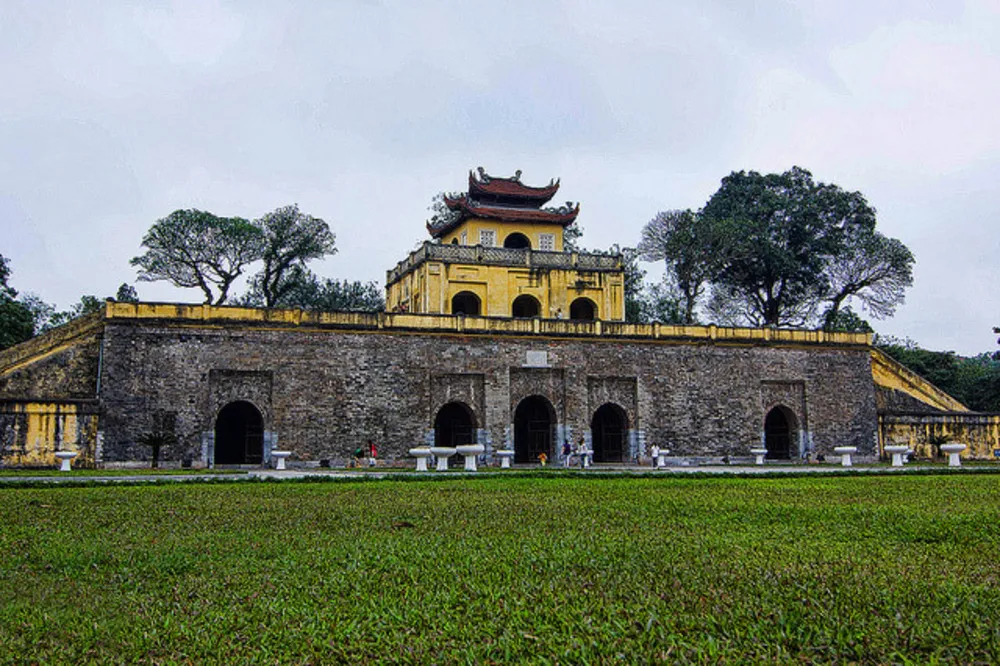
History of Formation and Development
Thang Long Imperial Citadel has experienced a tumultuous history of formation and development, closely linked to the rise and fall of Vietnamese feudal dynasties.
- Ly Dynasty (1010 – 1225): King Ly Thai To moved the capital from Hoa Lu to Thang Long, building the Imperial Citadel into the political, military, and cultural center of the country.
- Tran Dynasty (1225 – 1400): The Imperial Citadel continued to be consolidated and expanded, with a focus on the defense system to protect the capital.
- Ho Dynasty (1400 – 1407): Ho Quy Ly renamed Thang Long to Dong Do, but the Imperial Citadel retained its central role.
- Ming Dynasty Occupation (1407 – 1427): The Imperial Citadel was heavily destroyed, and many architectural works were devastated.
- Le Dynasty (1428 – 1527): Thang Long was restored and renamed Dong Kinh. Kinh Thien Palace was built, becoming a symbol of the Imperial Citadel.
- Mac and Le Trung Hung Dynasties (1527 – 1788): The Imperial Citadel underwent numerous destructions and reconstructions due to civil wars.
- Tay Son Dynasty (1788 – 1802): The Imperial Citadel remained the political center, but many structures deteriorated.
- Nguyen Dynasty (1802 – 1945): The capital was moved to Hue, and Thang Long Imperial Citadel was relegated to the role of Hanoi’s garrison.
- Modern Period: The Imperial Citadel area was used as a military headquarters. In 2004, the 18 Hoang Dieu archaeological site was discovered, revealing many important relics.
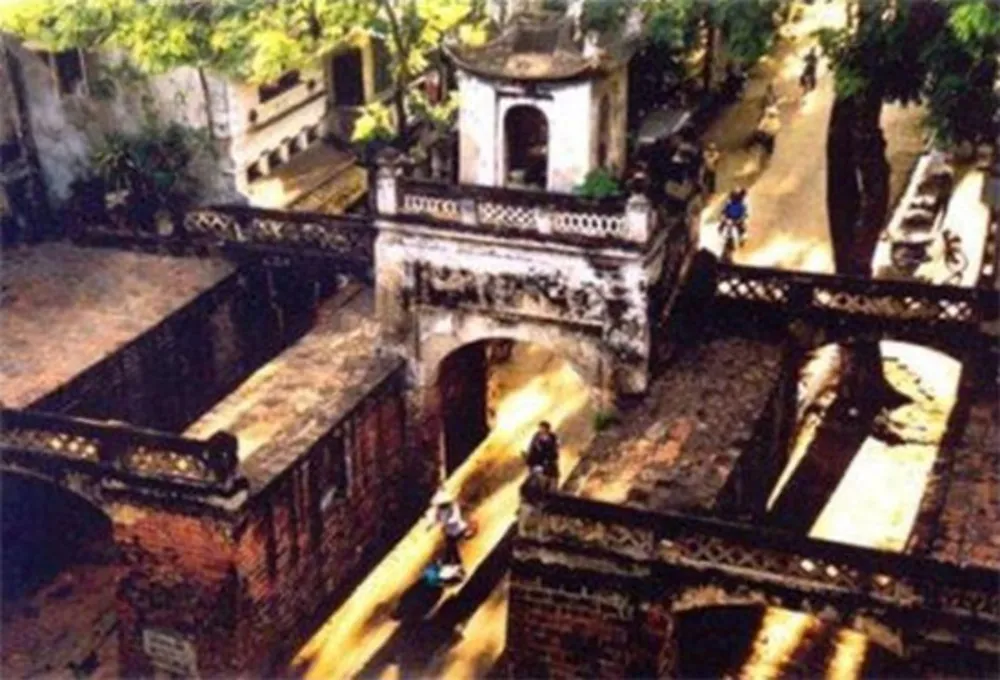
Historical and Cultural Significance
Thang Long Imperial Citadel is not only a historical relic but also carries profound cultural meanings:
- Center of Political Power: The Imperial Citadel was once the center of power for many Vietnamese feudal dynasties.
- Tangible and Intangible Cultural Heritage: It preserves unique architectural relics and distinctive intangible cultural values.
- Historical Witness: The Imperial Citadel has witnessed many important historical events of the nation.
- Symbol of Eternity and Independence: Since the Ly Thai To era, the Imperial Citadel has been associated with glorious victories in defending the country.
- UNESCO World Heritage Site: This recognition affirms the historical and cultural value of the Imperial Citadel on the international stage.
Explore Prominent Attractions in the Imperial Citadel
To have a fulfilling visit to Thang Long Imperial Citadel, do not miss these prominent attractions:
Doan Mon Gate
Doan Mon Gate is the main gate leading to the central area of the Imperial Citadel, where kings held court and organized important ceremonies. The majestic architecture of Doan Mon Gate reflects the supreme power of the feudal court.

Kinh Thien Palace
Kinh Thien Palace was the power center of the Imperial Citadel, where the king held court, received ambassadors, and organized grand ceremonies. Although only the foundation and stone steps remain today, one can still feel the grandeur and majesty of the structure.
Hanoi Flag Tower
The Hanoi Flag Tower is one of the most intact architectural structures in the Imperial Citadel. Standing nearly 33m tall, the flag tower is a symbol of Hanoi, representing the indomitable spirit of the nation.
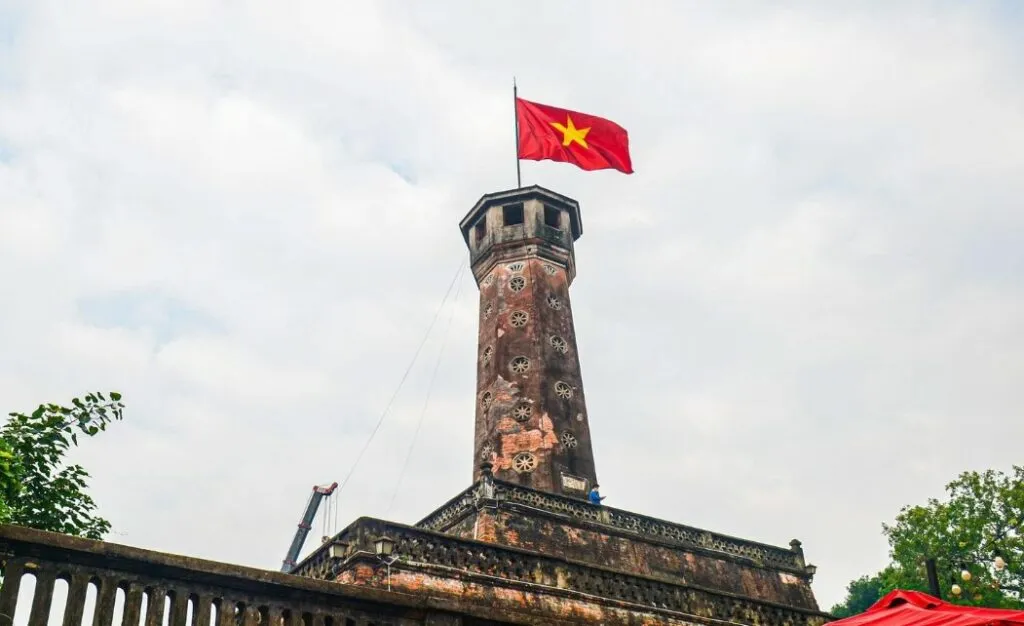
Hau Lau Palace
Hau Lau Palace, also known as the Princesses’ Pavilion, is believed to have been the residence of royal concubines and princesses. The discreet and tranquil architecture of Hau Lau reflects the inner palace life of the feudal era.
North Gate (Cua Bac)
The North Gate is one of the few remaining city gates, marking the resistance against the French in 1882. Bullet marks on the gate walls are evidence of the indomitable spirit of Thang Long’s soldiers and civilians.

18 Hoang Dieu Archaeological Site
The 18 Hoang Dieu Archaeological Site is where many important relics from the Dai La, Dinh, Pre-Le, Ly, Tran, and Nguyen dynasties were discovered. Artifacts found here help shed light on the history of Thang Long capital through the dynasties.
Unique Experiences at Thang Long Imperial Citadel
In addition to visiting historical sites, you can also participate in many exciting experiential activities at Thang Long Imperial Citadel:
- Rent Ao Dai or traditional costumes: Transform into historical figures and take souvenir photos at the most beautiful locations in the Imperial Citadel.
- Join a guided tour: Learn more about the history, architecture, and cultural values of the Imperial Citadel through the stories of professional guides.
- Independent exploration with audio guides: Discover the Imperial Citadel in your own way with the support of automatic audio guides.
- Attend heritage exhibitions and displays: Admire archaeological artifacts, historical paintings, and valuable documents about Thang Long capital.
- Learn about traditional crafts and buy souvenirs: Explore traditional handicrafts and buy them as gifts for loved ones and friends.

Useful Tips for Visiting the Imperial Citadel
To have a smooth and meaningful visit to Thang Long Imperial Citadel, refer to the following tips:
Transportation
- Personal vehicles: Easy to travel by motorbike or car. There are many parking spots near the Imperial Citadel.
- Public transport: Buses are an economical and convenient option. Bus routes 09, 22, 32, 45 all have stops near the Imperial Citadel.
- Green SM taxi: Choose a safe, convenient, and environmentally friendly transportation option.
Ticket Prices and Opening Hours
- Opening hours: 8:00 AM – 5:00 PM daily (except Mondays).
- Ticket prices:
- Adults: 30,000 VND/person/visit.
- Students: 15,000 VND/person/visit (student ID required).
- Children under 15 years old: Free.
Ideal Time to Visit
Spring (January – March) and autumn (September – November) are the best times to visit the Imperial Citadel. The cool, pleasant weather will help you comfortably explore the beauty of this historical site.
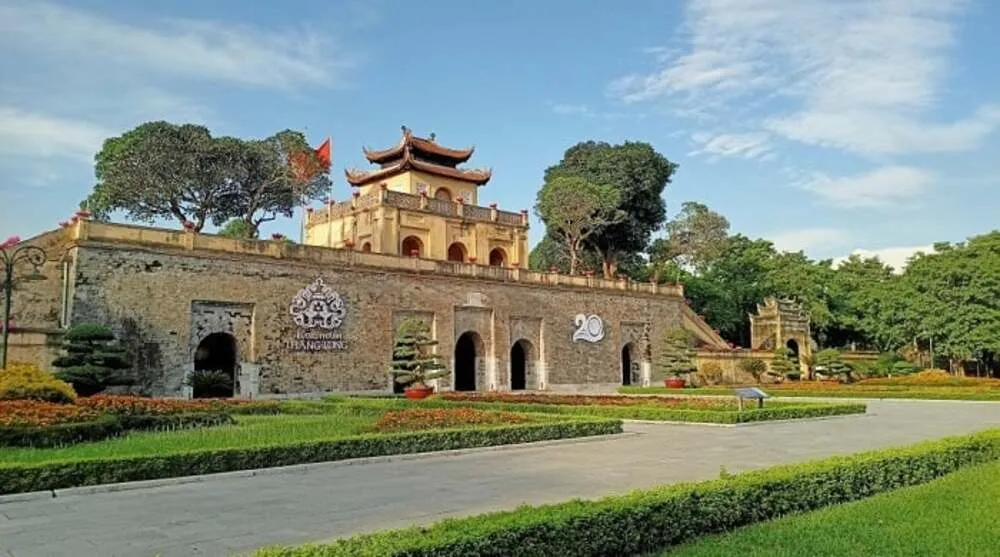
Important Notes
- Dress code: Polite, modest, and comfortable clothing.
- Footwear: Choose sports shoes or low-heeled shoes for easy movement.
- Drinking water: Bring drinking water to avoid dehydration during the visit.
- Environmental protection: Maintain general hygiene and comply with the regulations of the relic site.
- Learn about history beforehand: Read information about the Imperial Citadel in advance to better understand the value of the architectural works.
Why Experience Thang Long Imperial Citadel?
Thang Long Imperial Citadel is not just a tourist destination but also a cultural and historical space full of meaning. Visiting the Citadel, you will have the opportunity to:
- Learn about 1000 years of heroic history: Explore important milestones in the nation’s history.
- Admire unique ancient architecture: See sophisticated architectural works, bearing the deep imprints of Vietnamese feudal dynasties.
- Experience the unique culture of the Capital: Participate in traditional cultural activities and immerse yourself in a lively historical space.
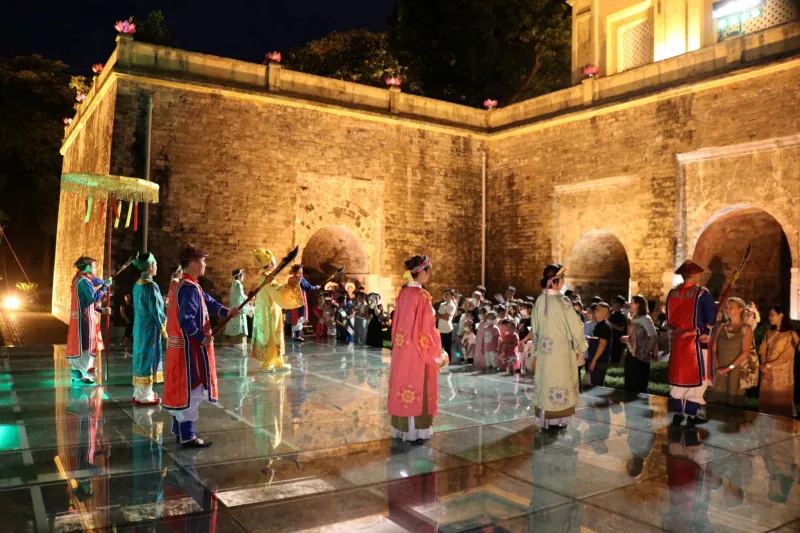
Frequently Asked Questions about the Imperial Citadel
- When was Thang Long Imperial Citadel built? In 1010, when King Ly Thai To moved the capital from Hoa Lu to Dai La.
- Where is Thang Long Imperial Citadel located? 19C Hoang Dieu Street, Dien Bien Ward, Ba Dinh District, Hanoi.
- How large is Thang Long Imperial Citadel? More than 18,000 hectares.
- How was Thang Long Imperial Citadel built? According to the Tam trung thanh quach model, including Kinh Thanh (Capital Citadel), Hoang Thanh (Imperial Citadel), and Tu Cam Thanh (Forbidden Purple City).
Thang Long Imperial Citadel is a must-visit destination when coming to Hanoi. Take the time to explore this historical relic to better understand Vietnamese history and culture.